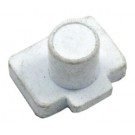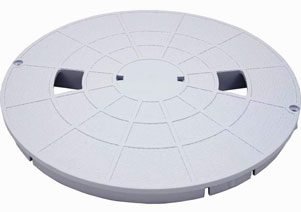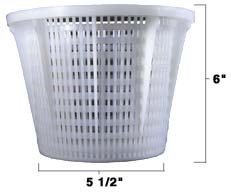Calcium Hardness – Introduction
Calcium Hardness
Calcium hardness is a measure of the dissolved calcium in water. This level is not tested very often, but it should be checked and
adjusted after the pool has been freshly refilled and it should be checked every 4-8 weeks thereafter.

Normally, the calcium hardness level should be maintained at a minimum of 250 ppm. If the calcium hardness level exceeds 500 ppm, then
the pool may need to be drained partway and refilled. Normally calcium hardness levels to not get too high unless the pool is using large amounts of calcium based
chemicals (such as calcium hypochorite).
There are a couple of problems that can result from having improper calcium hardness levels.
If the calcium hardness is too low, then the calcium starved water may leach calcium out of the
plaster, causing pitting. This requires a very low calcium hardness.
If the calcium hardness is too high, then cloudiness or scaling may result. By maintaining
a slightly lower alkalinity and pH, the impact of a higher calcium hardness can be minimized. In our experience, the majority of scaling problems occur right after
the pool is replastered and is the result of plaster dust that adheres to the surface.

|


































